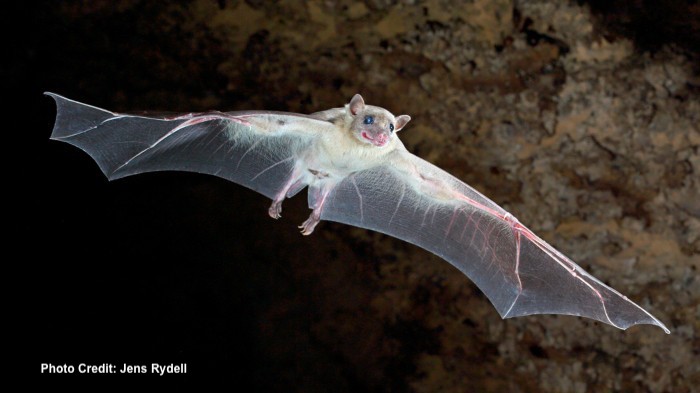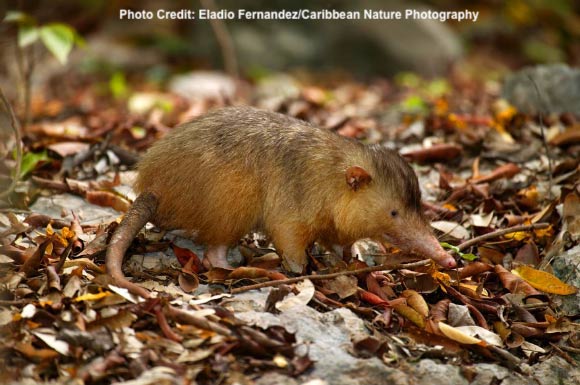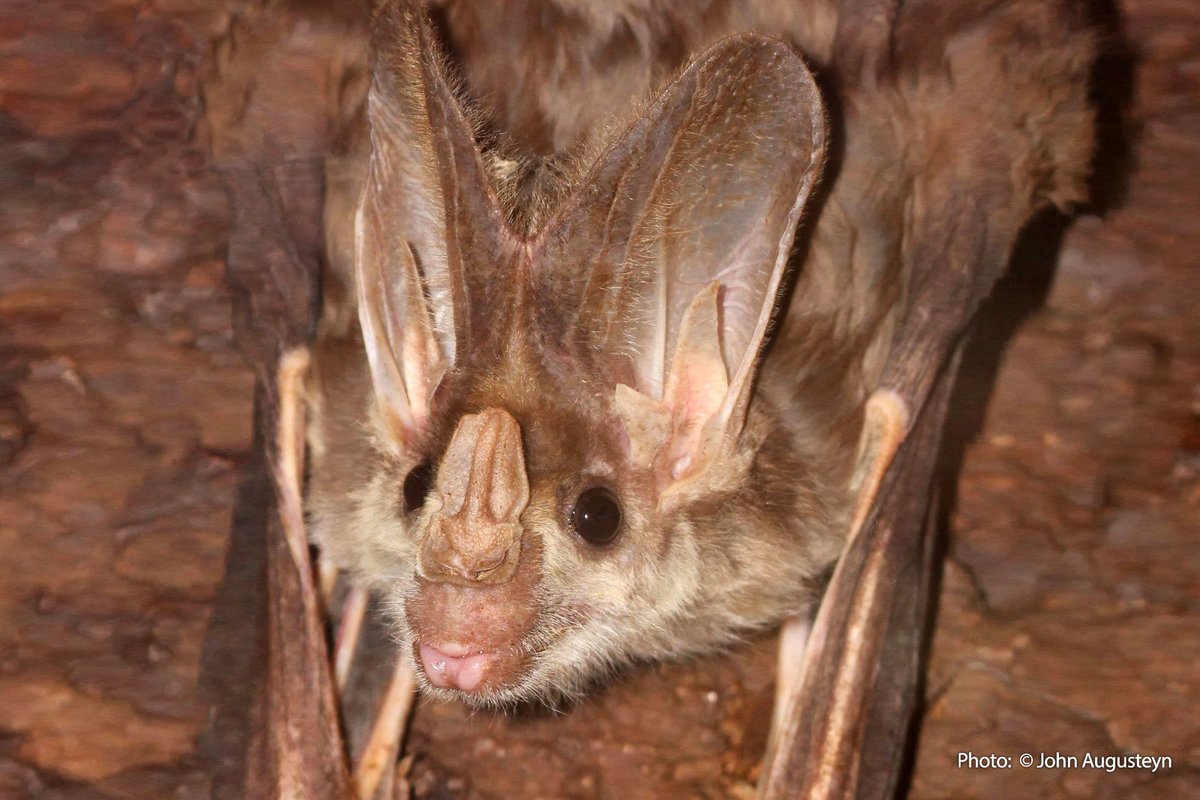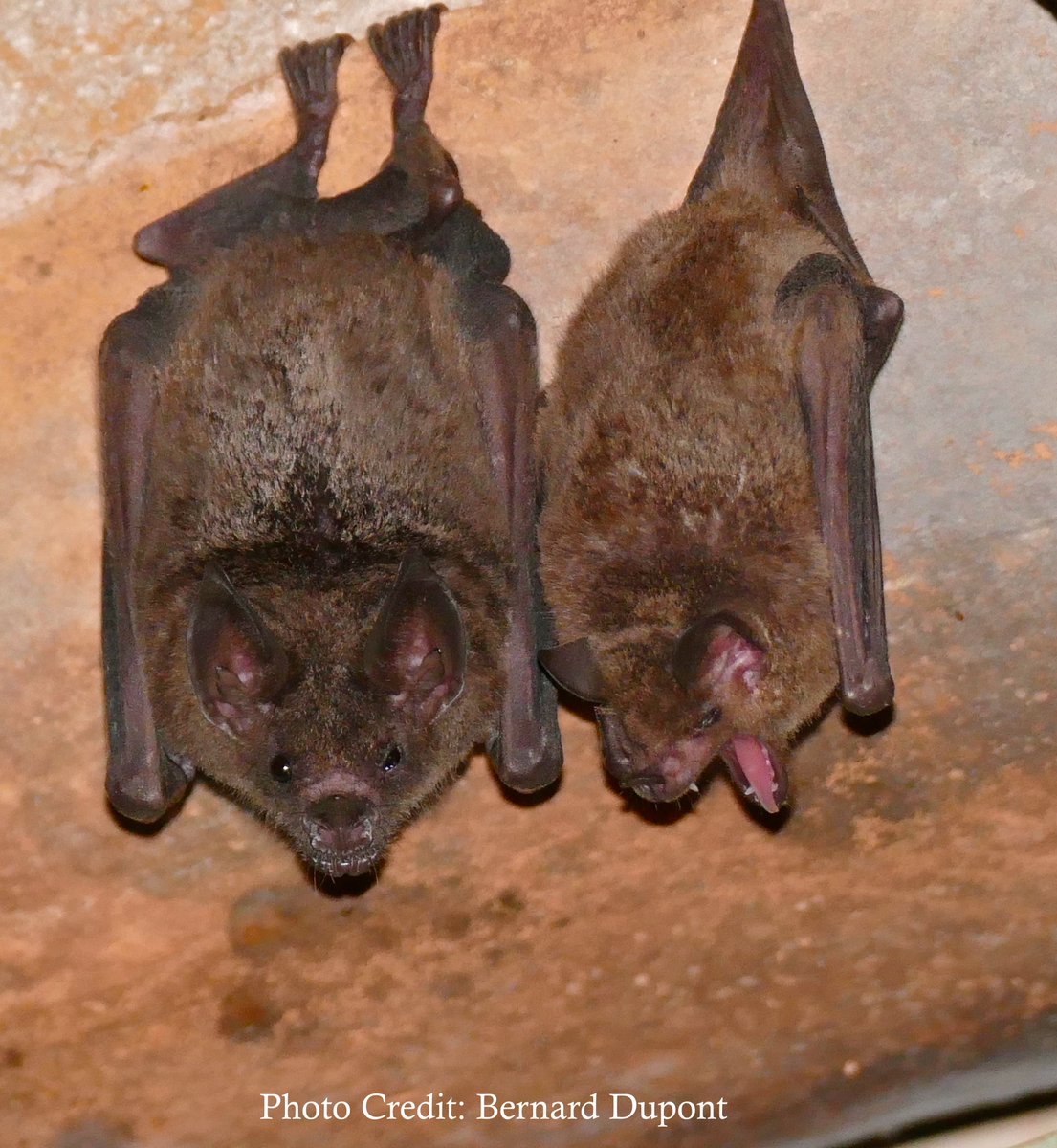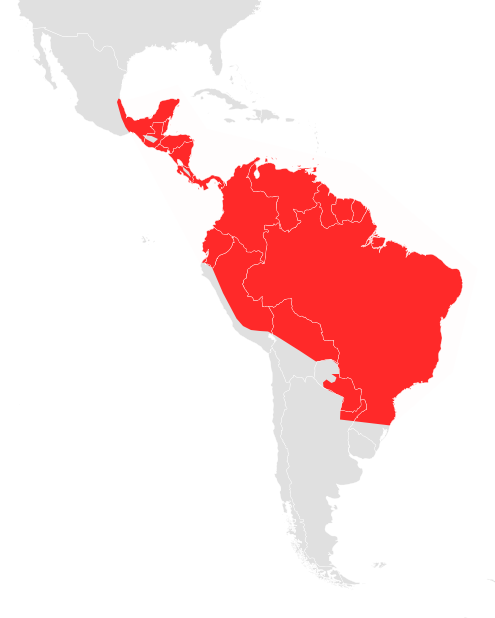
NEXT UP: #1 seed Harpy Eagle vs #8 seed Ghost Bat, with lots of battle narration guidance from @Mammals_Suck #2021MMM 

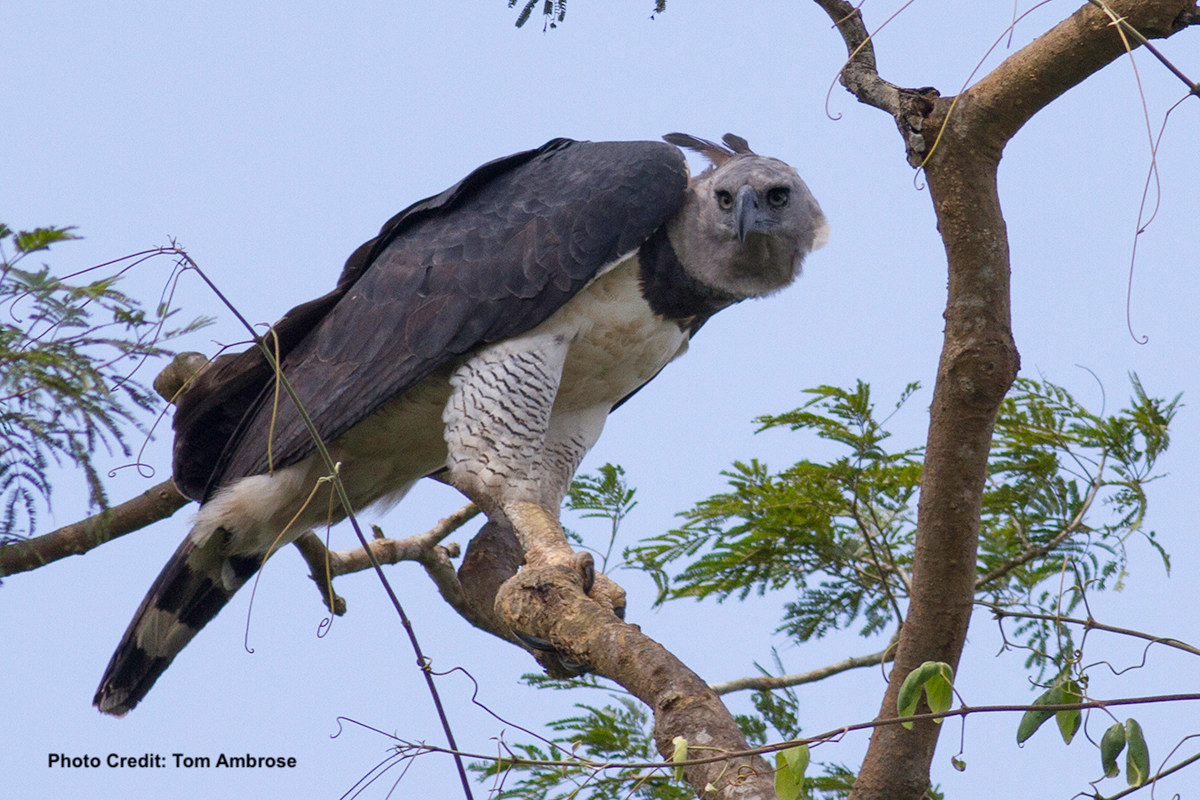

The Harpy Eagle is an avian 'QUEEN of the jungle', documented to prey upon at least 102 species of mammal, bird, and reptile (Miranda 2020, bit.ly/EagleDiet) #2021MMM 
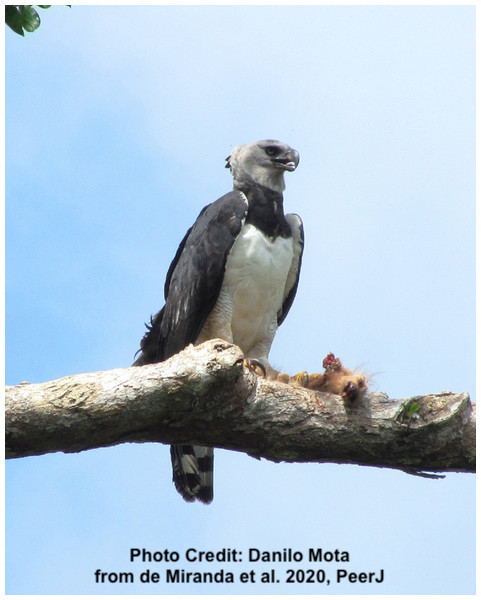
Learning to hunt by juvenile Eagles seems to be mostly trial-and-error. Juveniles are unlikely to learn to hunt directly from their parents. Instead, parents stop providing food, forcing youngsters to just figure it out (Cavalcante et al 2019, bit.ly/JuvEagle) #2021MMM 

Highly social, Ghost Bats were once considered relatively quiet. However, new studies with on-bat recording tech has allowed researchers like #ActualLivingScientist @nicci_hanrahan record their vocalizations in the roost throughout the year (bit.ly/BatVocal). #2021MMM 

Mating season means lots of "Chirp-trills" and "Squabble" calls, while "ultrasonic social" calls may play a role in mother-pup communication during nursing and weaning. You can hear some of what its like in bat roost here: bit.ly/BatChatter #2021MMM
Ghost Bats have few natural predators (though may occasionally compete with owls for prey), they are on the decline. Currently listed 'Vulnerable' by IUCN, main threats include disturbance, habitat loss, & invasive species (Armstrong et al 2019, bit.ly/IUCNBat) #2021MMM
TONIGHT'S BATTLE takes place in Tambopata National Reserve, in southeastern Peru (Harpy Eagle #HomeCourtAdvantage). Sunlight dapples through the canopy to the forest floor in this the 'buffer zone' forest #2021MMM 

Unexpectedly, branches begin to shift and move. "Something is traveling through the canopy, and it's "not being particularly quiet." The animal "moves noisily... loudly sniffing the air..." (Defler 1980, bit.ly/Defler80) #2021MMM 

THE TAYRA! #IncidentalMustelid #2021MMM
The Tayra has found a tree of ripe hog plums & excitedly begins eating. Also foraging on the fruits was a group of Squirrel monkeys who scurry away from the omnivorous predator, alarm-calling (Grotta‐Neto et al. 2020, bit.ly/TayraDiet) #IncidentalPrimateAlarm #2021MMM 

Finding itself in the Peruvian sun, our Ghost Bat has been searching for a cave or rock crevice to rest its wings. Growing tired, our Bat settles for the pointy green leaves of a nearby hog plum tree #2021MMM
There is a new smell in the forest... on a branch above Tayra #2021MM
Tayra stands erect, nostrils flaring to get a better whiff. Grasping the trunk of the tree, the Tayra adeptly climbs head-first, claws gripping the bark (Ercoli & Youlatos 2016, bit.ly/TMove) Sensing danger, Ghost Bat stretches its wings to try to take off...#2021MMM 
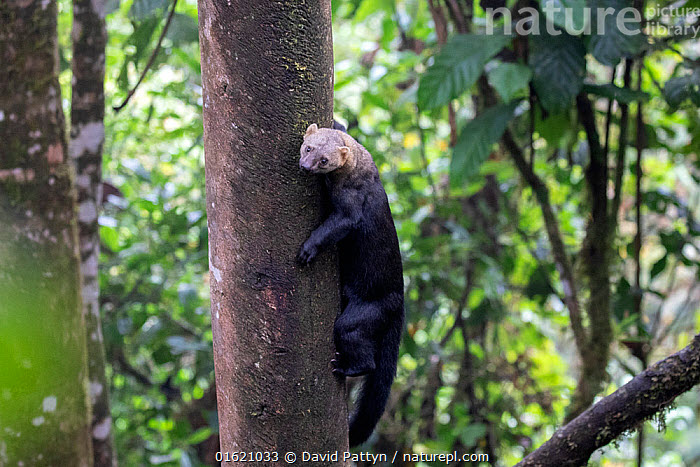
With a quick horizontal bound across the narrow, HIGH tree branch, the tayra catches the Ghost Bat hampered from opening its wings in the dense leaves #2021MMM
#DirectorsCut With a swipe of the clawed paw, Tayra pins & drags bat against branch, snapping wing bones! (Grotto-Neto et al 2020, bit.ly/TayraDiet) #2021MMM
Tayra jaws close for a final, death-dealing bite... #2021MMM
THRUNK!! #2021MMM
HARPY EAGLE'S TALONS SINK INTO TAYRA'S TORSO!!!! (Bowler et al. 2020, bit.ly/TamEagles) #2021MMM
Surprised Tayra contort-twist-struggles to counter-attack escape the Harpy Eagle, disrupting the Eagle's lift launch... #2021MMM
Unbalanced, the flailing triad slips from the tree branch...#2021MMM
BUT HARPY EAGLE'S MASSIVE WINGS QUICKLY CATCH FLIGHT AS HER DEADLY TALONS PIERCE DEEPER INTO TAYRA TORSO, #DirectorsCut PUNCTURING LIVER, LUNGS, AND HEART #2021MMM
#DirectorsCut As the Eagle gains altitude above the canopy, Tayra's eyes dim, his jaw goes slack, and the broken-winged Ghost Bat tumbles back through the canopy to the forest floor. #2021MMM
HARPY EAGLE DEFEATS THE GHOST BAT!!! #2021MMM
• • •
Missing some Tweet in this thread? You can try to
force a refresh

